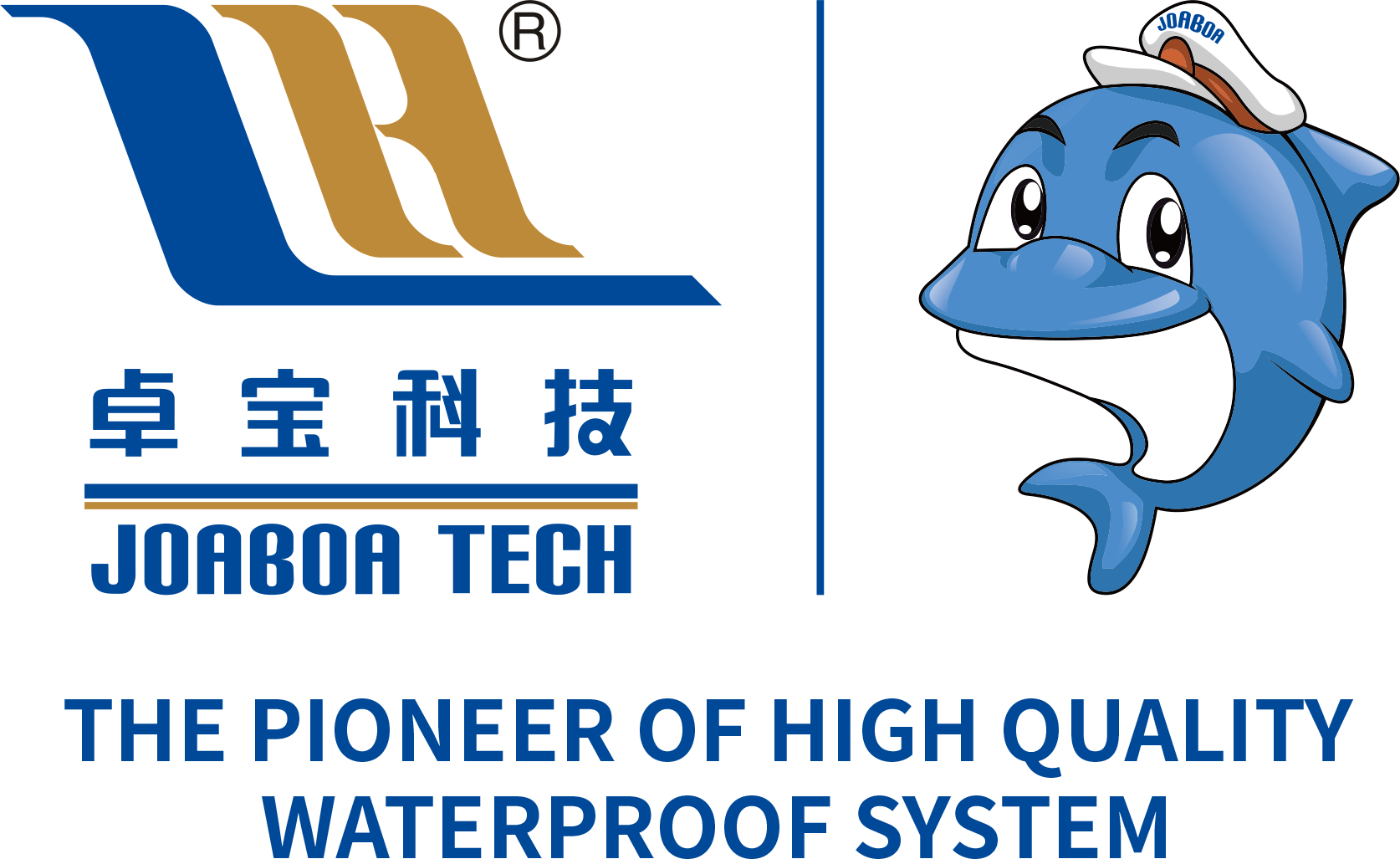Revolutionizing Protection: The Power of Plastomeric Waterproofing Materials
2025-04-14 17:20
Revolutionizing Protection: The Power of Plastomeric Waterproofing Materials
Table of Contents
- 1. Introduction to Plastomeric Waterproofing Materials
- 2. Understanding Waterproofing: What You Need to Know
- 3. Advantages of Plastomeric Waterproofing Materials
- 4. Applications of Plastomeric Waterproofing in Various Industries
- 5. Installation Process: Ensuring Optimal Performance
- 6. Maintenance and Care of Waterproofing Systems
- 7. The Future of Waterproofing: Innovations and Trends
- 8. Frequently Asked Questions
- 9. Conclusion
1. Introduction to Plastomeric Waterproofing Materials
Plastomeric waterproofing materials are reshaping the landscape of construction and protective coatings. These materials are known for their exceptional performance against moisture intrusion, making them indispensable in various applications. Unlike traditional waterproofing methods, plastomeric solutions offer enhanced flexibility, durability, and resistance to environmental factors.
2. Understanding Waterproofing: What You Need to Know
Waterproofing is a critical process in construction that prevents water from penetrating structures and causing damage. Effective waterproofing systems safeguard buildings from water-related issues such as mold growth, structural deterioration, and corrosion.
Key Characteristics of Waterproofing Materials
- **Water Resistance**: The ability to repel water effectively.
- **Durability**: Resistance to wear and tear over time.
- **Flexibility**: Ability to expand and contract without cracking.
- **Ease of Application**: User-friendly installation processes.
3. Advantages of Plastomeric Waterproofing Materials
Plastomeric waterproofing materials boast several advantages that set them apart from conventional options.
Exceptional Flexibility
Plastomeric materials maintain their integrity even under extreme weather conditions. Their ability to stretch without breaking ensures that they stay intact during thermal expansions and contractions.
Superior Adhesion
These materials adhere exceptionally well to various substrates, including concrete, metal, and wood, providing a seamless barrier against moisture.
Long-Lasting Performance
Plastomeric waterproofing systems have a longer life expectancy compared to traditional membranes. They are resistant to UV rays and environmental pollutants, ensuring consistent protection over time.
Cost-Effectiveness
While the initial investment may be higher, the durability and reduced maintenance needs of plastomeric materials lead to significant long-term savings.
4. Applications of Plastomeric Waterproofing in Various Industries
The versatility of plastomeric waterproofing materials allows for their use in diverse settings:
Residential Construction
In residential projects, plastomeric systems are used for roofing, basements, and foundations, providing robust protection against leaks and water damage.
Commercial and Industrial Facilities
Large-scale commercial buildings benefit from plastomeric waterproofing materials due to their scalability and effectiveness in preventing water ingress in high-traffic areas.
Infrastructure Projects
Bridges, tunnels, and highways utilize plastomeric materials to ensure structural integrity and longevity, particularly in areas exposed to harsh weather conditions.
5. Installation Process: Ensuring Optimal Performance
Proper installation is crucial for achieving the full potential of plastomeric waterproofing systems.
Preparation of the Surface
Before application, surfaces must be clean, dry, and free of contaminants. Any cracks or irregularities should be repaired to ensure a smooth application.
Application Techniques
Plastomeric materials can be applied through various methods, including torch-applied, self-adhesive, or cold-applied systems. Each method has its benefits based on specific project requirements.
Curing and Inspection
After application, it is vital to allow the material to cure properly. Regular inspections should be conducted to ensure the integrity of the waterproofing system.
6. Maintenance and Care of Waterproofing Systems
To maximize the lifespan of plastomeric waterproofing materials, regular maintenance is essential.
Routine Inspections
Conduct inspections at least once a year, focusing on areas where water pooling occurs or where the material is exposed to harsh elements.
Prompt Repairs
Address any signs of damage immediately to prevent further deterioration. Minor repairs can often be done without the need for complete reapplication.
Cleaning
Keep the waterproofing surface clean from debris and vegetation, which can trap moisture and lead to potential damage.
7. The Future of Waterproofing: Innovations and Trends
The waterproofing industry is continuously evolving, with new technologies and materials being developed to enhance protection.
Sustainable Solutions
The demand for eco-friendly waterproofing materials is rising. Innovations focus on using recyclable and sustainable components in plastomeric formulations.
Smart Waterproofing Systems
The integration of technology into waterproofing systems allows for real-time monitoring of moisture levels, enabling proactive maintenance and reducing water damage risks.
8. Frequently Asked Questions
What are plastomeric waterproofing materials made of?
Plastomeric waterproofing materials are typically composed of a blend of polymers, fillers, and additives that enhance their performance characteristics.
How long do plastomeric waterproofing materials last?
With proper installation and maintenance, plastomeric waterproofing systems can last 20 years or more, depending on environmental conditions and usage.
Can plastomeric waterproofing be used on any surface?
Yes, plastomeric materials can be applied to a variety of substrates, including concrete, metal, and wood, making them versatile for different projects.
Is professional installation necessary for plastomeric waterproofing?
While some skilled DIY enthusiasts may manage the installation, professional installation is recommended to ensure optimal performance and compliance with local building codes.
What are the signs of waterproofing failure?
Common signs include water stains, mold growth, peeling paint, or visible leaks. If any of these signs are present, it is essential to investigate promptly.
9. Conclusion
Plastomeric waterproofing materials represent a significant advancement in the protective coatings industry. Their unique properties offer a reliable solution for preventing water damage across various sectors, including residential, commercial, and infrastructure. By understanding their advantages, applications, and proper maintenance techniques, stakeholders can make informed decisions that enhance the durability and longevity of their structures. As innovations continue to shape the future of waterproofing, plastomeric materials will likely remain at the forefront, offering unparalleled protection and peace of mind.
Related News









